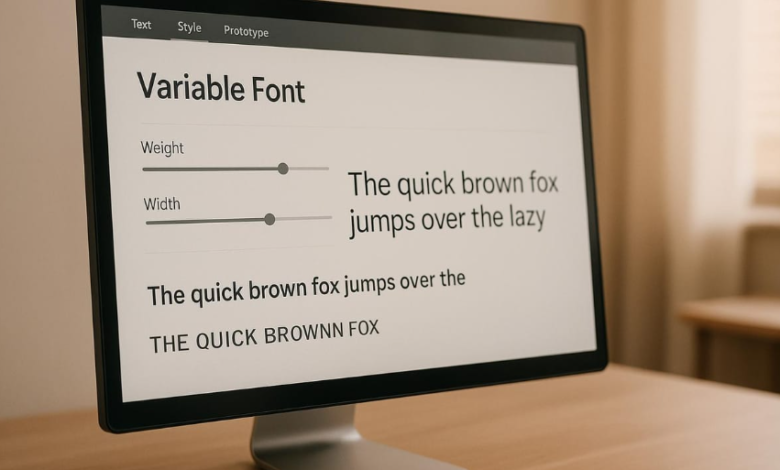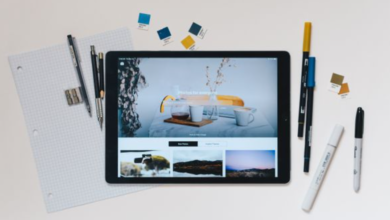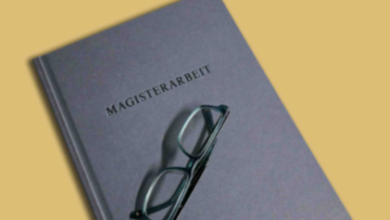Understanding Variable Fonts and Their Impact on Modern Design

Variable fonts represent one of the most significant innovations in typography in recent years. Unlike traditional fonts, which come in separate files for each style such as regular, bold, or italic, a variable font combines multiple variations into a single file. This flexibility gives designers and developers more creative freedom while improving efficiency in both digital and print projects.
What Makes Variable Fonts Different
Multiple Styles in One File
Traditional font families require separate files for each weight or style. Variable fonts, however, allow a single file to cover the entire range. From light to bold, condensed to expanded, all variations are accessible through adjustable axes.
Smooth Transitions Between Styles
Instead of jumping between fixed weights, variable fonts let designers smoothly adjust thickness, width, or slant. This creates fluid, custom typography that adapts to specific design needs.
Greater Efficiency in File Management
Using variable fonts reduces the number of font files needed, saving storage space and simplifying workflows. This is especially beneficial for web design, where performance and loading speed are critical.
See also: The Environmental Impact of AI Face Swap Technology Processing
The Benefits of Using Variable Fonts
Flexibility for Designers
Variable fonts provide limitless options without requiring dozens of files. Designers can fine-tune typography to achieve the exact look they want, whether it is for headlines, body text, or responsive layouts.
Improved Web Performance
Websites using variable fonts can load faster because they rely on fewer font files. This efficiency enhances user experience and contributes to better search engine performance.
Consistency Across Platforms
Since all variations are included in one file, designs remain consistent across devices and screen sizes. This ensures that the intended look of a brand or project is preserved no matter where it is viewed.
Greater Accessibility
Variable fonts allow designers to adjust weight, width, and spacing for readability. This is particularly valuable for making text more accessible to users with vision impairments or reading difficulties.
Practical Uses of Variable Fonts
Branding and Identity
Brands often need flexibility to adapt typefaces across platforms. With variable fonts, they can maintain consistency while adjusting weight or width depending on the medium, from websites to print materials.
Responsive Web Design
As screen sizes vary, variable fonts adapt seamlessly. A font can be thinner and tighter on mobile but expand slightly for better readability on larger screens.
Creative Storytelling
Variable fonts enable animated transitions and expressive typography. Designers can create motion effects where letters gradually shift in weight or slant, adding personality and emotion to digital storytelling.
The Do’s and Don’ts of Variable Fonts
Do Test Across Devices
Always test how variable fonts perform on different browsers and devices. Compatibility may vary, and ensuring consistent display is important.
Do Use for Performance Gains
Take advantage of reduced file sizes and faster loading times by implementing variable fonts in web projects.
Don’t Overcomplicate Designs
The flexibility of variable fonts can tempt designers to use too many variations at once. Stick to adjustments that serve the purpose of clarity and consistency.
Don’t Ignore Licensing
Just like traditional fonts, variable fonts require proper licensing. Ensure that the chosen font can be legally used for your project’s scope.
Conclusion
Variable fonts mark a new era in typography, combining flexibility, performance, and creative potential. By offering multiple styles within a single file, they simplify workflows, improve efficiency, and allow designers to achieve unique results. From branding and web design to accessibility and storytelling, variable fonts are reshaping how text functions in the digital world. For modern designers, learning to use variable fonts effectively is not just a trend but an essential skill in creating adaptable, innovative, and future-ready designs.



